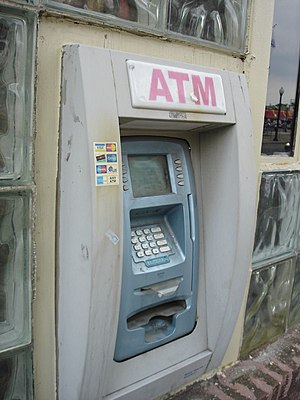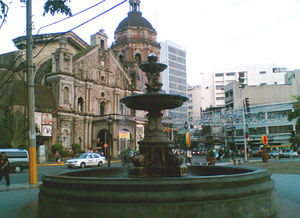The Bank, prior to the income release, has reported that its consolidated resources hit the P1-trillion mark at the end of 2010, making it the first Philippine bank to achieve that milestone.
In a disclosure to the Philippine Stock Exchange, BDO said its strong performance was a result of a more diversified and sustainable earnings stream from its core lending, deposit-taking and service businesses.
Gross customer loans expanded 15 percent to P541.5 billion with firm growth across all business segments. Total deposits, meanwhile, rose 13 percent to P782.6 billion.
A larger earning asset base coupled with lower funding costs resulted in the 12-percent increase in net interest income to P34.2 billion.
The bank’s fee-based service income likewise grew to P10.4 billion on strong contributions from trust, private banking, remittance, transaction banking, insurance, investment banking, and credit cards.





























